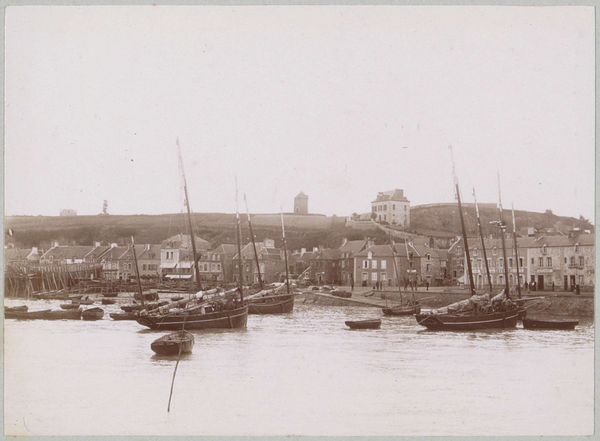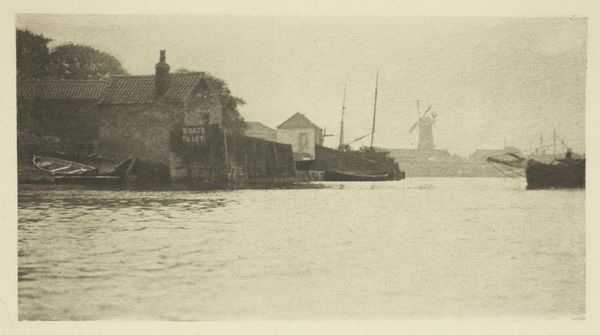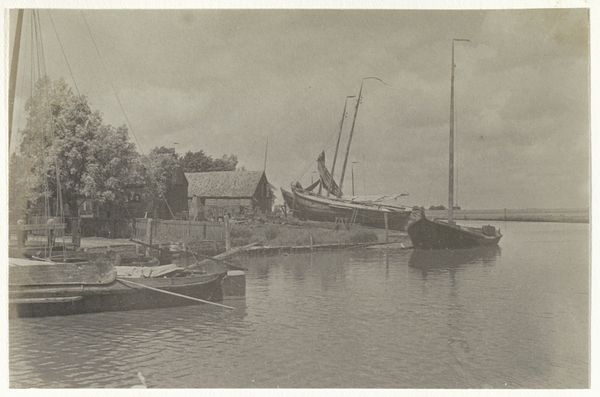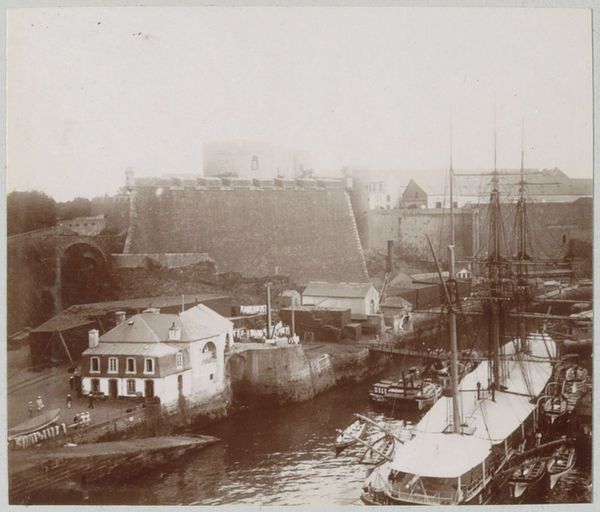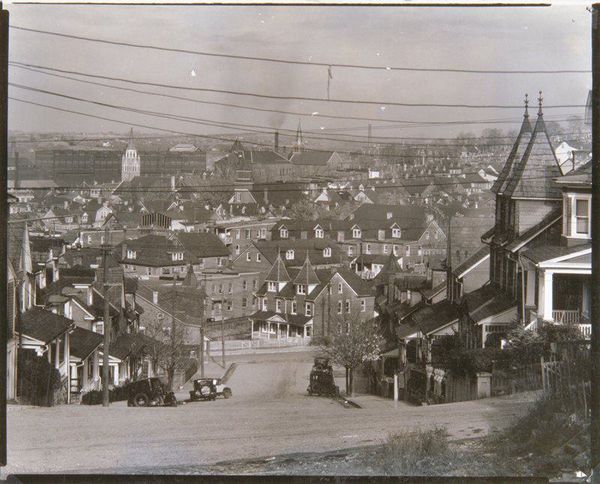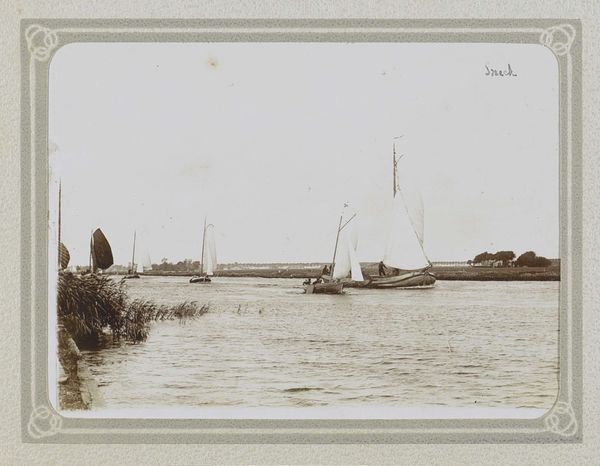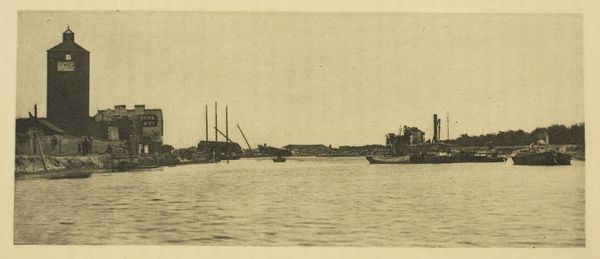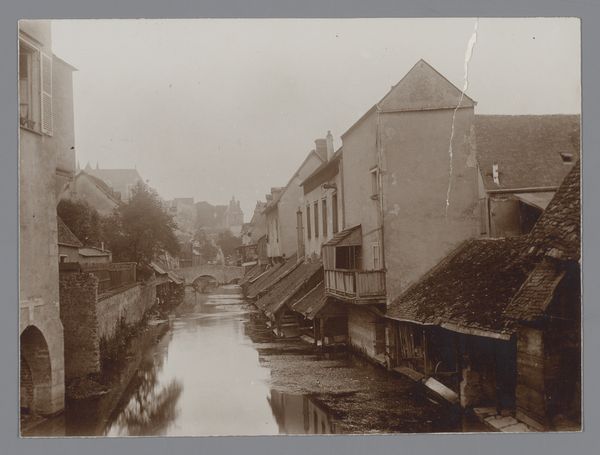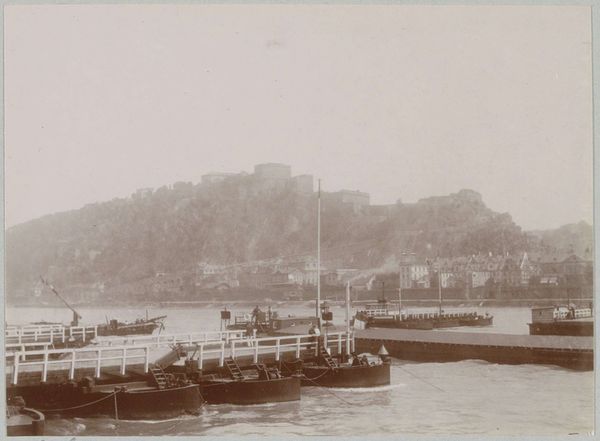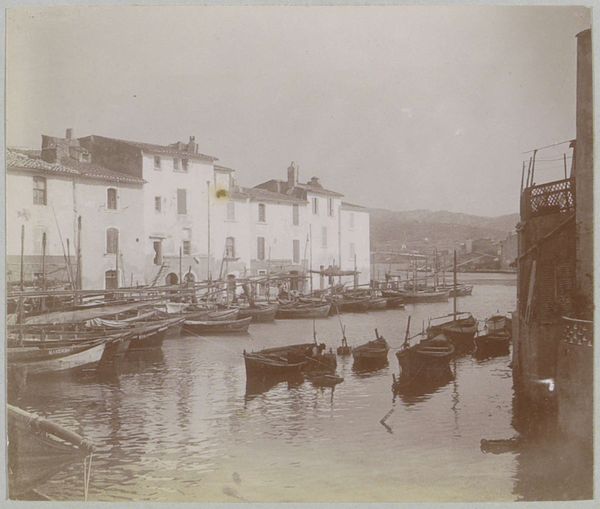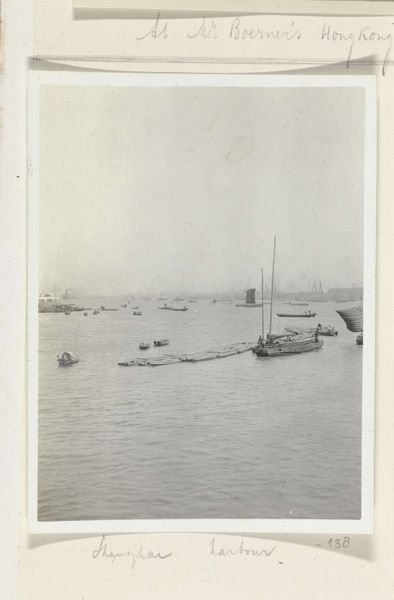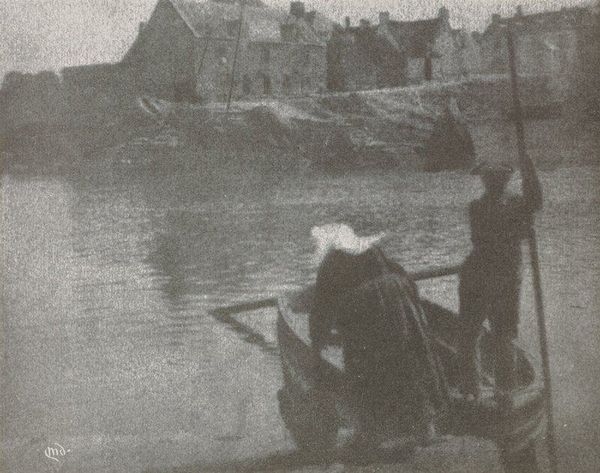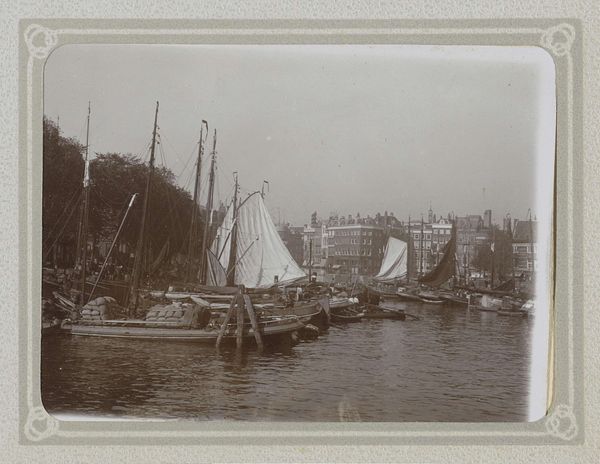
photography
#
16_19th-century
#
pictorialism
#
landscape
#
photography
Dimensions: 7.4 × 17.4 cm (image); 24.5 × 30 cm (paper)
Copyright: Public Domain
Editor: This is Peter Henry Emerson’s "A Corner of Old Yarmouth," taken in 1887. It’s a photograph, a scene of boats at low tide against a backdrop of old buildings. I'm immediately struck by the stillness of it; it feels like a captured moment of a disappearing way of life. What do you see in this piece, beyond just a pretty landscape? Curator: I see a carefully constructed commentary on labor and its relationship to place, framed within the debates of pictorialism. Think about what Emerson, a staunch advocate for "naturalistic photography," is doing here. He's not just documenting Yarmouth; he's presenting a perspective, isn't he? How do these boats, beached and vulnerable, speak to the precariousness of the working class in late 19th century England? Editor: I hadn’t considered the boats' vulnerability. It makes me think of how industrialization impacted smaller fishing communities, perhaps? Were they being left behind? Curator: Precisely! And consider the aesthetic choices: the muted tones, the slightly soft focus. Emerson is consciously aligning photography with painting, seeking artistic legitimacy. But what happens when we view this through a lens of social critique? Does it romanticize poverty or bring attention to the realities faced by marginalized communities? Editor: It’s a difficult question. Perhaps it’s a bit of both. The soft focus could soften the harsh realities, but the composition, focusing on their boats and homes, demands we consider their lives. Curator: Exactly! This tension is vital. It challenges us to analyze the power dynamics inherent in representation itself. Whose story is being told, and how? What’s included and what is deliberately obscured, particularly regarding the working lives of women in this community? These are critical questions to continuously engage with. Editor: I see how looking at this photo with an eye towards social and historical context makes it far more compelling. I hadn't appreciated the deeper layers before. Curator: Precisely, looking for these layers is what can elevate an art piece to another level of appreciation and provide nuanced critical reflection.
Comments
No comments
Be the first to comment and join the conversation on the ultimate creative platform.
